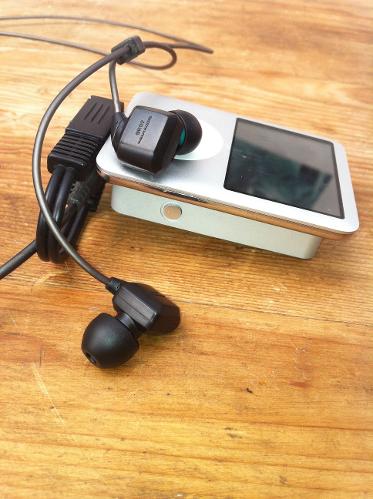ProtegeManiac
Headphoneus Supremus
They provide tonality and other technicaly things.
So, when it comes down to it, amps are basically like seasonings for headphones (excuse my low-level analogy)? Yet I always here certain headphones are "better amped" - is that just because the headphones usually don't play at a high enough volume, or is it because they need the "seasoning" more than others?
Technically speaking, the job of an amp is to amplify the sound. Amplifying means, in very basic terms, making the signal stronger - with higher voltage and current for example. Amplifying does not include changing the tonality of the signal. If it changes the tone of the signal, there are other details in its "technicaly things."
1) If the amp is deliberately changing the signal, it has an EQ built into it by design. It can be something like bass boost, or deliberately designing an amp using tubes for that oft-mentioned "tube sound" (when technically tube amps, if the circuit is done a certain way, won't be too far from the transparency of transistor-based designs - just with different maintenance requirements).
2) The amp can be a better amp than, say, the portable player or any multi-purpose device like a tablet. It could be using an integrated chip that has both DAC and amp in it, running off a 7.4v Li-Po battery that also runs in worst case scenario a quad-core processor and a Tegra GPU designed for mass-market use and SQ far down the list. At the other end of the 3.5mm jack, you have earphones designed with low impedance and high sensitivity to squeeze as much volume as possible, which generally makes people think it sounds "better," but some designs might actually sound more transparent but require more current than the aforementioned integrated chip sharing its battery with a screen and essentially a small computer. Ditto headphones that have higher impedance, but also demand more current, or high impedance headphones (100ohm+) that may require more voltage.*
So assuming it can send a quality signal to that amp, either through a line-out signal or streaming digital audio to a DAC (which may be built into the same box with the amp), then the amp is getting the kind of input signal that it can amplify in order to better run a given headphone. Note that given the wide range of headphone impedance vs speakers that usually go from 8ohm to 4ohm, there are a lot more headphone amps that will do better with a few headphones than others.
That said, instead of "seasonings," it may be more accurate to use as an analogy using the right kind of amp for the right kind of headphone the same way you would use the right kind of vehicle and the right kind of engine for winning a given type of race. You don't mount a 9,000rpm over-square 3.5L V12 with four turbos into an SUV that needs instant torque for rolling its wheels and getting it over a rock as big as it is (of course, a smallblock 351cu in Chevy V8 can power a sports car through a road race, partially because it tends to put less stress on the block than the high-rev V12, but that Corvette engine still isn't exactly the same V8 you'd find in 4x4 magazine).
*Note that my iPad can get my 300ohm, 97db/1mW sensitivity HD600 loud at over 60% of the volume setting, and the SQ is actually decent, so while my amplifier can do a better job, during power outages (frequent during strong typhoons here), it's enough to wait out the time between the storm not making a racket on my tin roof and for power company teams to get my power back.


